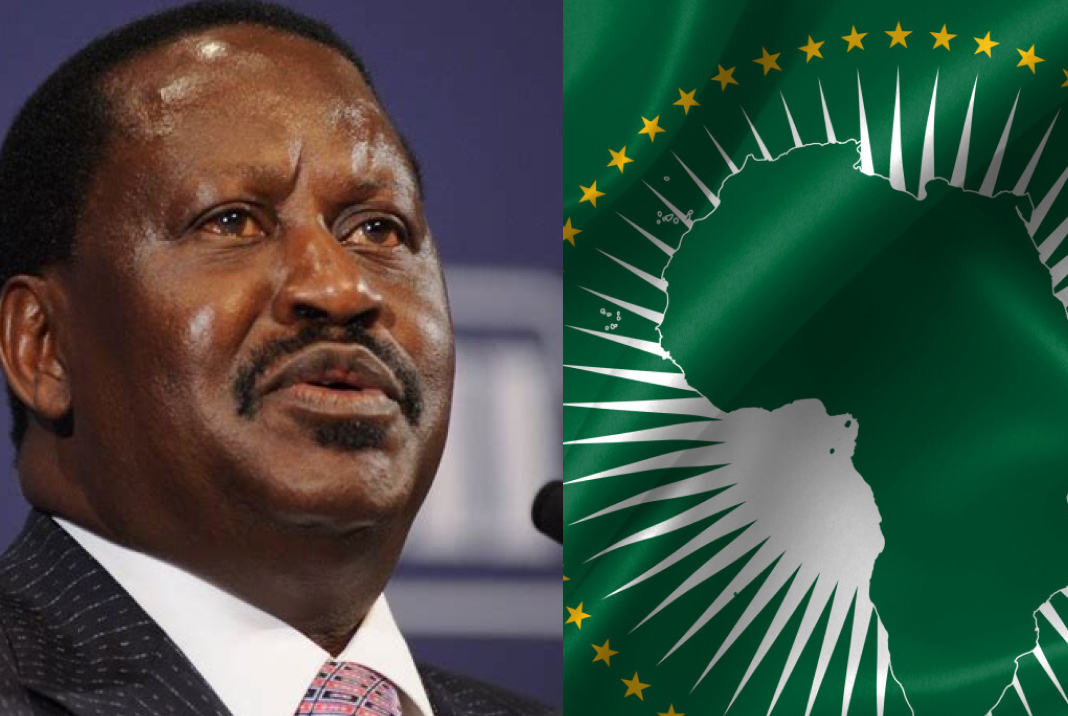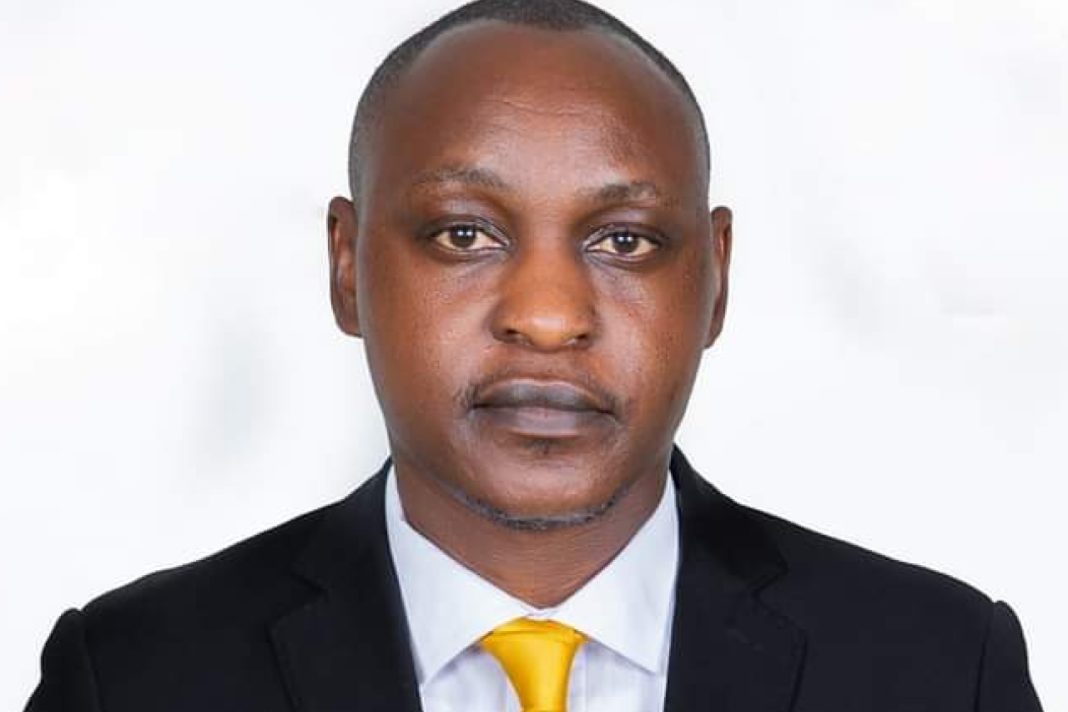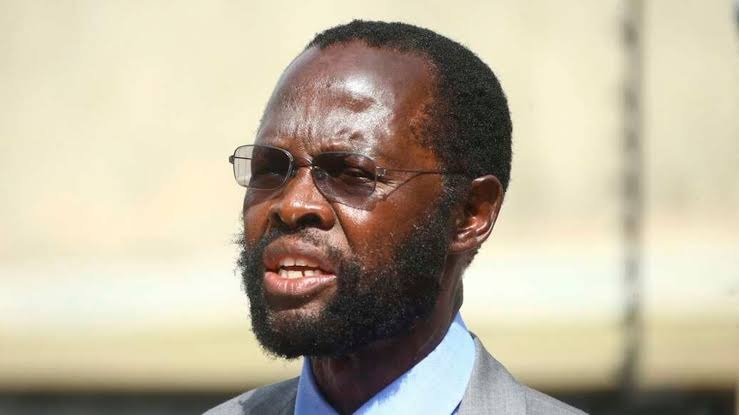By Dr. Edris N. Omondi (Advocate)
Right Honourable Raila Odinga, the former Prime Minister of Kenya, is widely regarded as one of Africa’s most experienced and respected diplomats. His deep knowledge of conflict resolution, combined with his extensive political and diplomatic experience, makes him the best bet as the next chairperson of the African Union (AU). As the AU continues to face complex challenges, including the ongoing conflict in the Democratic Republic of Congo (DRC), particularly in the North Kivu region, Odinga’s leadership would bring much-needed expertise and stability, a reason for the Assembly of African Head of States and Governments elects and appoints him during their Session on the 15-16th of February 2025. His past diplomatic efforts, combined with the recently concluded diplomatic efforts in Tanzania that brought on board both the Southern African Development Community (SADC) and the East African Community (EAC), illustrates why Odinga’s leadership would be instrumental in resolving such crises.
Raila Odinga: A Proven Diplomatic Leader
Raila Odinga’s reputation as a skilled negotiator and conflict mediator precedes him. One of his most significant diplomatic achievements came in 2008, when he helped broker peace during Kenya’s post-election violence, a time when ethnic divisions and political tensions threatened to tear the country apart. Through his leadership in the Kenya National Dialogue and Reconciliation (KNDR) process, Odinga was able to work with his political adversaries, the Kenyan government, and international partners to create a unity government that restored stability.
His ability to negotiate peace in a volatile situation demonstrated his capacity to mediate complex issues and unite opposing sides for the common good. This experience would serve him well as Chair of the AU, particularly in addressing ongoing conflicts in Africa, such as the crisis in the DRC.
The Conflict in the Democratic Republic of Congo
The conflict in the Democratic Republic of Congo, particularly in the North Kivu region, has been one of Africa’s most persistent and devastating crises. For decades, local militias, foreign interventions, and unstable governance have led to a cycle of violence, displacement, and immense suffering for civilians. The city of Goma in North Kivu remains a key flashpoint, where the instability has undermined both security and development in the wider Great Lakes region.
Despite efforts from the United Nations, the African Union (AU), and regional bodies such as the Southern African Development Community (SADC), the conflict continues to rage. However, there have been recent diplomatic efforts to address the crisis, including the Tanzanian-led initiative that brought together the leadership of SADC and the EAC to create a more unified approach to solving the conflict.
Joint EAC-SADC Summit on 8th February 2025 Approach to Conflict Resolution
The Summit, Co-Chaired by His Excellency, Dr.William Samoei Ruto, President of the Republic of Kenya who is also the Chairperson of EAC and His Excellency, Dr. Emmerson Dambudzo Mnangagwa, President of the Republic of Zimbabwe and also the Chairperson of SADC in Tanzania, stirred on finding a lasting solution to the conflict in the DRC. This collaboration marks a significant regional effort to address the DRC’s security challenges and build a coordinated diplomatic approach.
The initiative has seen the involvement of key African leaders who are committed to working together for the restoration of peace in the DRC. The consolidated efforts of these regional organizations aim to create a more sustainable peace process by ensuring that neighbouring countries play an active role in promoting peace and security.
The joint Summit that reaffirmed the critical role of both the Luanda and Nairobi processes, is proof enough that regional bodies can work effectively in finding long-term solutions to Africa’s security challenges, Africa for Africans. However, it is clear that a cohesive diplomatic strategy and strong leadership are essential to ensure that such initiatives lead to tangible outcomes. Raila Odinga’s experience in regional diplomacy and his proven track record of conflict mediation could significantly enhance these efforts, building on the foundation laid by the SADC and EAC collaboration.
Raila Odinga’s Leadership: A Perfect Fit for the AU
Given his longstanding commitment to peacebuilding and regional cooperation, Raila Odinga would bring invaluable experience and expertise to the African Union. His leadership style is characterized by inclusivity, collaboration, and a focus on long-term stability—qualities that would be instrumental in resolving conflicts like the one in the DRC.
Raila’s previous diplomatic successes, such as his role in facilitating the Sudanese peace process that led to the independence of South Sudan, demonstrate his ability to broker agreements in highly complex environments. His work with the United Nations and the African Union has positioned him as a respected figure in the international diplomatic community, with deep insights into the political and security challenges facing the continent.
Raila Odinga’s Potential Impact on the DRC Conflict
If Raila Odinga were to assume the position of AU Chair, he would build on the progress made by the Tanzanian-led initiative by ensuring that SADC and EAC remain committed to resolving the DRC conflict. His experience in conflict resolution and his understanding of African geopolitics would enable him to coordinate efforts between key regional players, ensuring that peacekeeping operations, humanitarian aid, and political negotiations are aligned.
Moreover, Odinga’s leadership could help expand the scope of the current peace process to include developmental initiatives aimed at addressing the root causes of conflict, such as poverty, unemployment, and lack of governance in conflict zones. By promoting sustainable economic development and humanitarian aid, he would tackle the underlying factors that fuel violence and instability in regions like North Kivu.
Strengthening the AU’s Role in African Conflict Resolution
Raila Odinga’s leadership at the AU would mark a shift toward more assertive and effective peacebuilding across the continent. His vast experience with international diplomacy, combined with his local knowledge of Africa’s political landscape, would enable him to strengthen the AU’s role in addressing conflicts and facilitating post-conflict reconstruction. His position as Chair of the AU would bring greater regional and international support to peace efforts in the DRC, including support for local peacekeepers, international sanctions on militias, and development assistance to stabilize conflict zones.
Additionally, Raila Odinga’s leadership would underscore the AU’s commitment to African-led solutions to African problems. By emphasizing regional cooperation and inclusive diplomacy, Odinga could transform the AU into a more powerful force for peace and security in Africa, building on the successes of initiatives like the recently concluded joint Summit in Tanzanian.
Conclusion: Raila Odinga—The Diplomatic Leader Africa Needs
Raila Odinga’s potential chairmanship at the African Union represents a unique opportunity to resolve ongoing conflicts in Africa, such as the crisis in the Democratic Republic of Congo. His previous diplomatic successes and regional expertise position him as an ideal leader to help address Africa’s most pressing security challenges. The collaboration between SADC and EAC, in Tanzania, has already made strides in the DRC, and with Odinga’s leadership, the AU can build on this momentum to bring lasting peace to the region.
Through African-led solutions, regional diplomacy, and a focus on sustainable peace, Raila Odinga’s leadership at the AU would be a transformative force for the continent’s future—one where peace, prosperity, and cooperation are no longer the exception but the norm and as the former Secretary-General of the United Nations Kofi Annan put it,” We must remember that peace is not just the absence of war. It is the presence of understanding, mutual respect, and cooperation.” The AU chairmanship requires a visionary and a man of great insight.




